If you’re looking for a quick dessert to satisfy your sugar cravings, I got you covered with this Mushabak Halabi recipe. Not only is it delicious and very easy to make, but it is also so aesthetically pleasing that they will be gone in the blink of any eye 😉!
Mushabak Halabi, also known as Karabeej Halab or funnel cakes, is a sweet dessert that is crunchy on the outside and soft on the inside with a dough sort of similar to Awameh. It is typically made into a spiral shape and uses semolina as the base of the dough, and is then drenched in an orange blossom simple syrup.
The Best Way to Satisfy Your Sweet Tooth
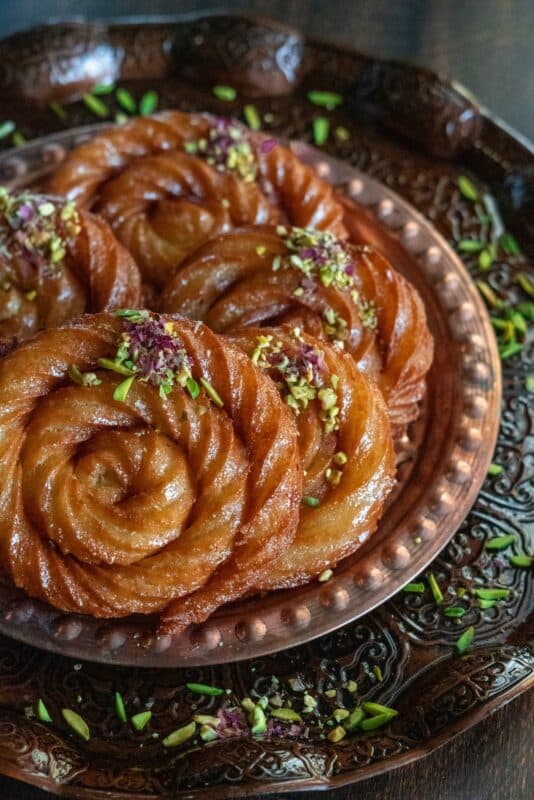
What Is Mushabak Halabi
Mushabak is a really popular sweet in the Middle East that is mostly made during Ramadan and Eid. It is believed to be originated from Halab or Aleppo, a city in Syria. But, it is widely known across the Arab world. However, different Arab countries might have different names and variations for this same sweet.
For instance, a very similar recipe to this one is Balah El Sham, but the main difference is that the latter is a choux pastry (like cream puffs dough).
Another type that is quite popular is half red and half white Mushabak, which are the same as South East Asian Jaleebi. These colors are achieved with food colorings.
The Yummiest Mushabak Halabi
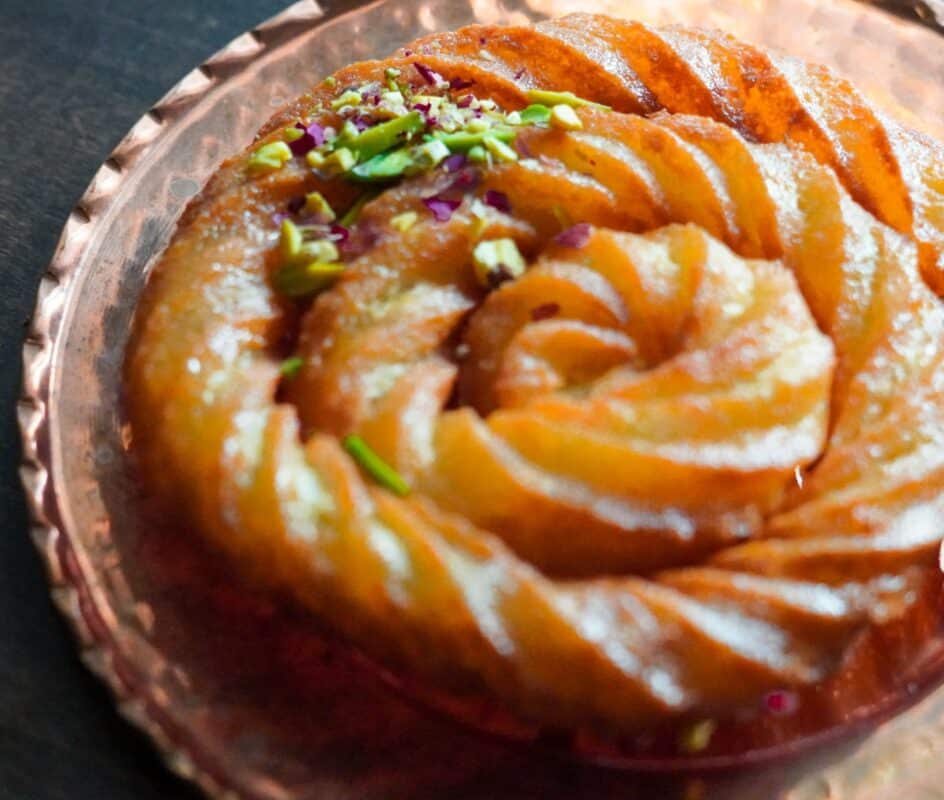
Tips to Perfect Your Mushabak Halabi
It is recommended to serve Mushabak at room temperature.
When you leave your dough to rest, make sure not to cover it with a blanket.
To keep a clean shape, feel free to use scissors to cut dough when you’re done piping.
Make sure to wait for the simple syrup to completely cool down before dipping your Mushabak in.
When frying the Mushabak, make sure not to do it on high heat to allow it to cook all the way through.
Come On, Grab A Piece!
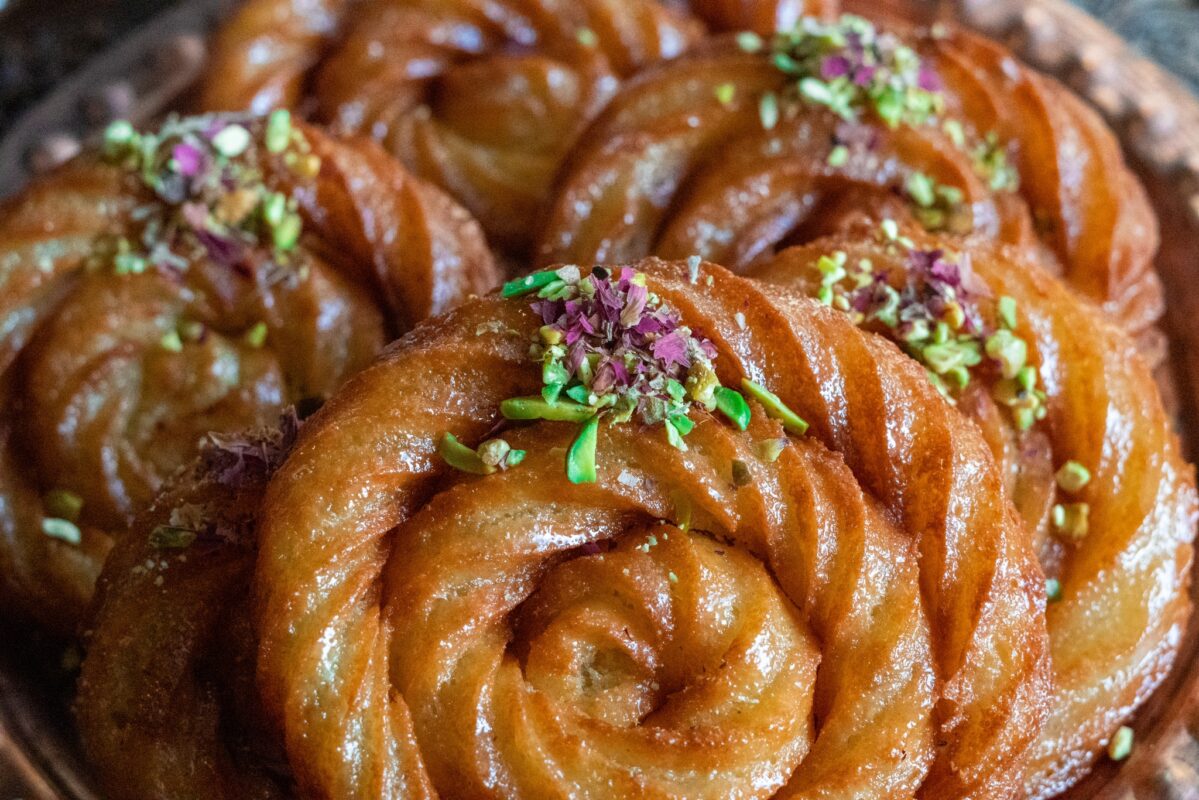
Traditional Ramadan Desserts
The month of Ramadan is such a special time, and desserts make it even more special! Fortunately, you have a wide range of options to select from. So I have a few suggestions for you if you want to wow your guests and family.
Two ingredients that go into almost every Ramadan dessert are Ashta, Middle Eastern Clotted Cream to give the soft interior, and Qater (Sheera) to make them extra sweet. So make sure you check out the recipes to learn exactly how you can make them!
The most popular Ramadan dessert has to be this Qatayef Recipe. Qatayef are very easy, delicious, and versatile. You can enjoy them in many different ways. You could have them with clotted cream, cheese, chocolate spread, or nuts. Click here to check out my Qatayef Asafiri recipe!
Another must-try Ramadan dessert is this Halawat el Jibn (Sweet Cheese Rolls). These little rolls are made of sweet cheese, clotted cream, and simple syrup. This combination is irresistible!
Aish El Saraya Dessert is yet another Middle Eastern sweet featuring simple syrup and cream in addition to toast and orange blossom. How good does that sound?!
A Delectable Treat
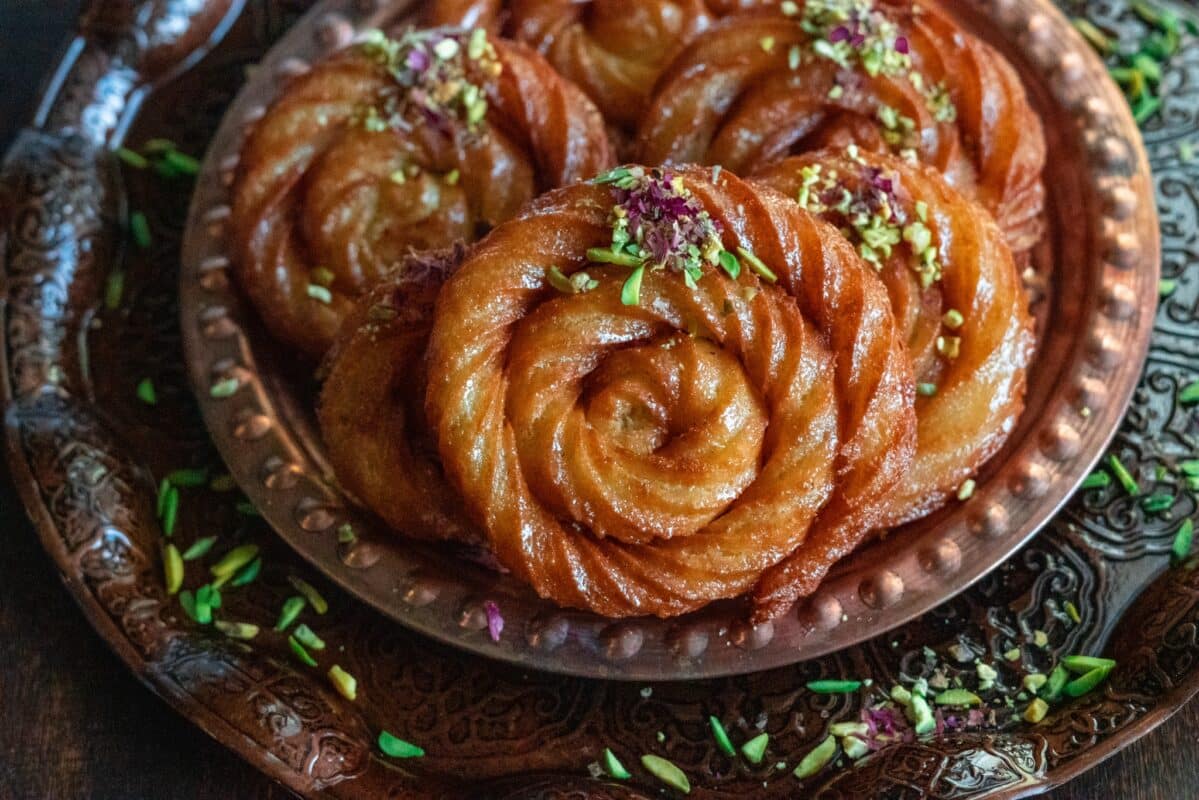
Frequently Asked Questions (FAQs)
While the two might look somehow alike, they are actually not the same. Karabeej Halab is semolina-based and soaked in orange blossom simple syrup, while churros are egg and flour-based and are usually served with chocolate.
If you don’t have a star tip, don’t worry, you can simply use a ziplock bag, cut the tip, and pipe.
Piping can be tricky, so an easier way would be to pipe it into a spiral shape on butter paper, and then place it in the oil to fry.
It is not really recommended to store Mushabak in the fridge since it will affect the texture.
Luxurious Spiral Shapes

Ingredients
Here are the ingredients you need to make the best Mushabak Halabi:
Fine semolina
All purpose flour
Warm water
Milk
Yogurt
Neutral oil
Sugar
Cornstarch
Yeast
Qater, sheera
Save This Recipe!
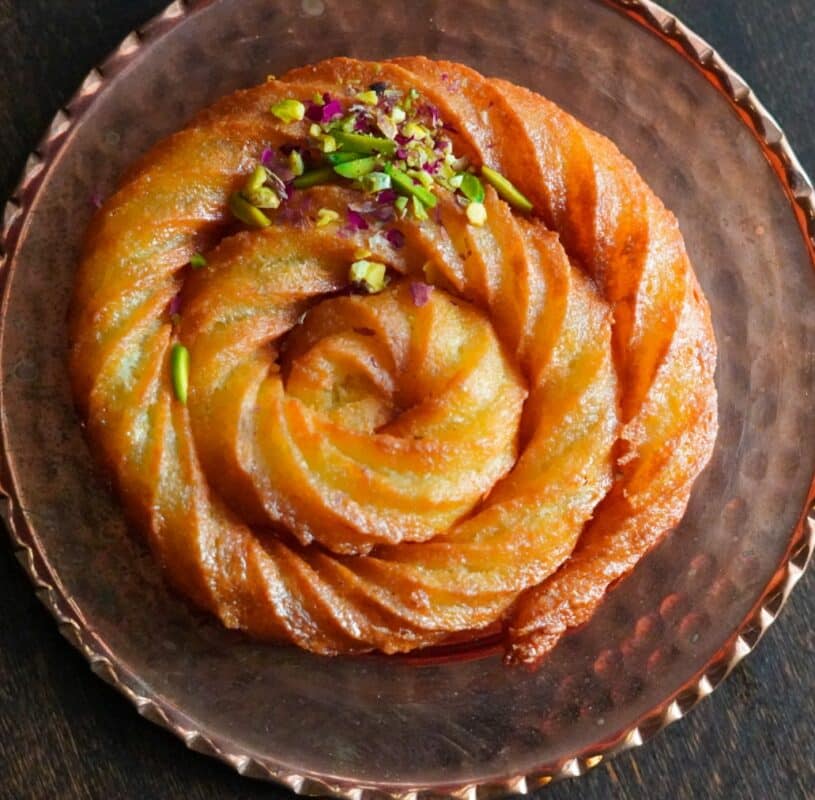
Steps to Prep
First, start by mixing the flour, semolina, yeast, cornstarch, and sugar in one bowl.
Then, in a large bowl or large measuring cup, add the milk, yogurt, water, and oil. Mix well, making sure your yogurt, water, and milk are at room temperature.
Next, add it to the dry mixture and mix well with a whisk. The consistency of the dough should be slightly runny, but not liquidy.
Cover with foil or plastic and let it sit at room temperature for 1 hour. Do not leave it under a blanket.
Once an hour is over, use a piping bag fitted with a 1M star tip and fill it with the mixture. Heat your oil (about 4 cups) on medium-high heat.
Use a wooden skewer or a wooden spoon to test if it’s ready, if the oil bubbles around it, then you’re good to go.
After that, pipe the batter into a spiral shape starting from the middle and working your way out, then let it turn golden before turning and letting it get golden onto the other side.
Immediately after, place into room temperature qater/sheera and let it sit for a minute or longer, the longer it sits the sweeter and softer it gets.
Just like that they will be ready to serve and can stay good for a few hours.
Recipes You Must Try:
Ashta, Middle Eastern Clotted Cream
Halawat el Jibn (Sweet Cheese Rolls)
Layali Lubnan (Lebanese Nights Dessert)
Qatayef Asafiri (Middle Eastern Cream-Filled Pancakes)
Nescafe Cake (Ice Box Coffee Cake)
If you’ve tried this recipe, don’t forget to rate it and leave a comment below! I would love to hear about your experience. You can follow me on Facebook, Instagram, and YouTube.
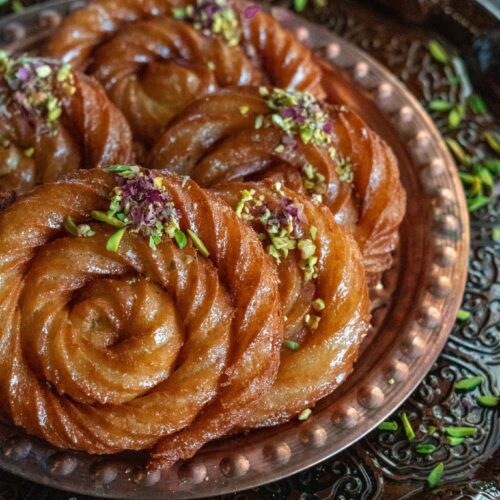
Mushabak Halabi
Ingredients
- 2 cups fine semolina
- ¾ cup all purpose flour
- 1 cup warm water
- ¾ cup milk
- 3 tablespoons yogurt
- ¼ cup neutral oil
- 3 tablespoons sugar
- 1½ tablespoons cornstarch
- 1 teaspoon yeast
- Qater/sheera
Instructions
- Mix the flour, semolina, yeast, cornstarch and sugar in one bowl.
- In a large bowl or large measuring cup, add the milk, yogurt, water, and oil. Mix well making sure your yogurt, water, and milk are at room temperature.
- Add it to the dry mixture and mix well with a whisk. The consistency of the dough should be slightly runny, but not liquidy.
- Cover with foil or plastic and let it sit at room temperature for 1 hour. Do not leave it under a blanket.
- Once an hour is over, use a piping bag fitted with a 1M star tip and fill it with the mixture.
- Heat your oil (about 4 cups) on medium-high heat. Use a wooden skewer or a wooden spoon to test if it’s ready, if the oil bubbles around it, then you’re good to go.
- Pipe the batter into a spiral shape starting from the middle and working your way out, then let it turn golden before turning and letting it get golden onto the other side.
- Immediately, place it into room temperature qater/sheera and let it sit for a minute or longer, the longer it sits the sweeter and softer it gets.
- Just like that they will be ready to serve and can stay good for a few hours.
Notes
- It is recommended to serve Mushabak at room temperature.
- When you leave your dough to rest, make sure not to cover it with a blanket.
- To keep a clean shape, feel free to use scissors to cut dough when you’re done piping.
- Make sure to wait for the simple syrup to completely cool down before dipping your Mushabak in.
- When frying the Mushabak, make sure not to do it on high heat to allow it to cook all the way through.


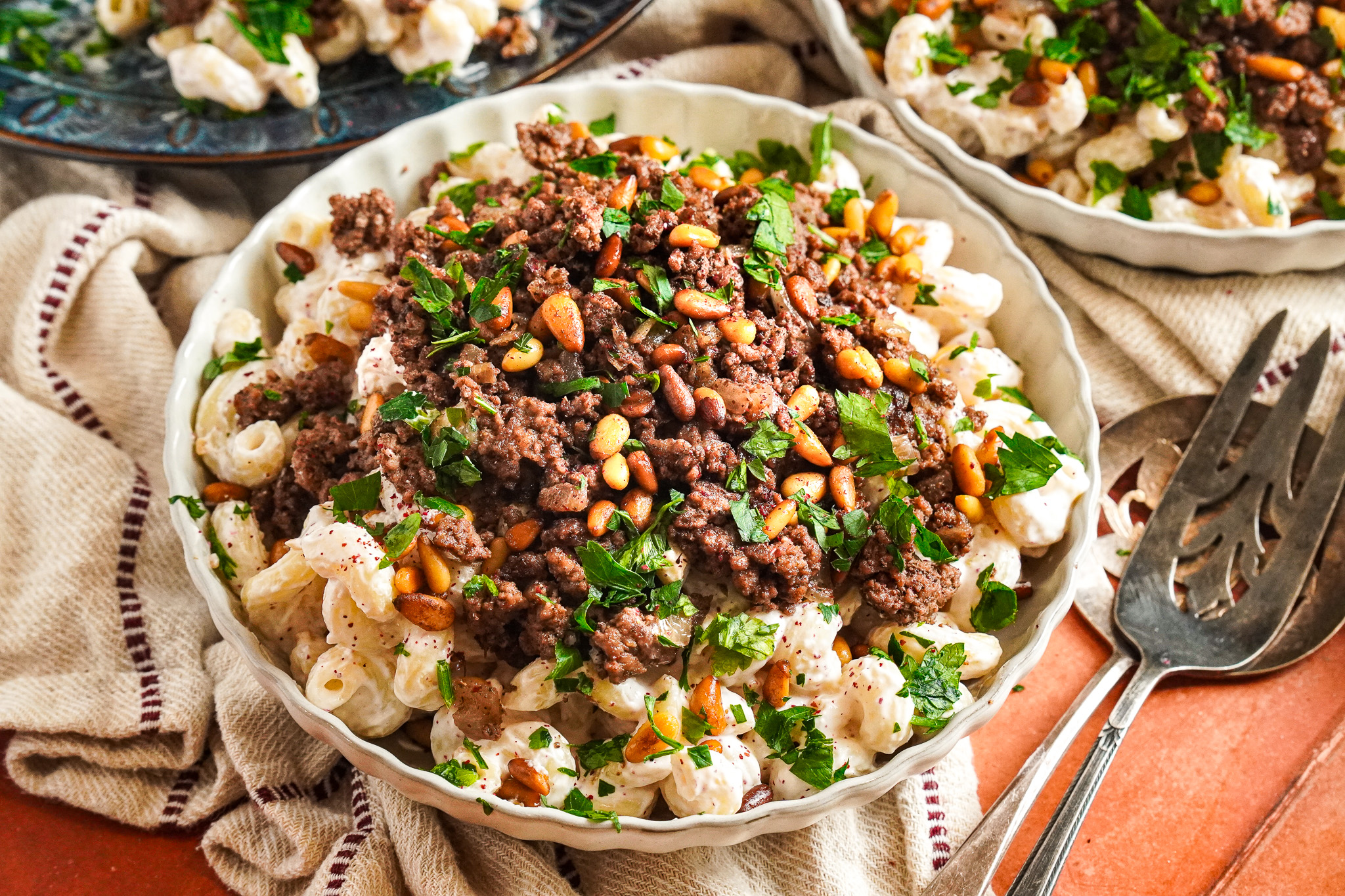
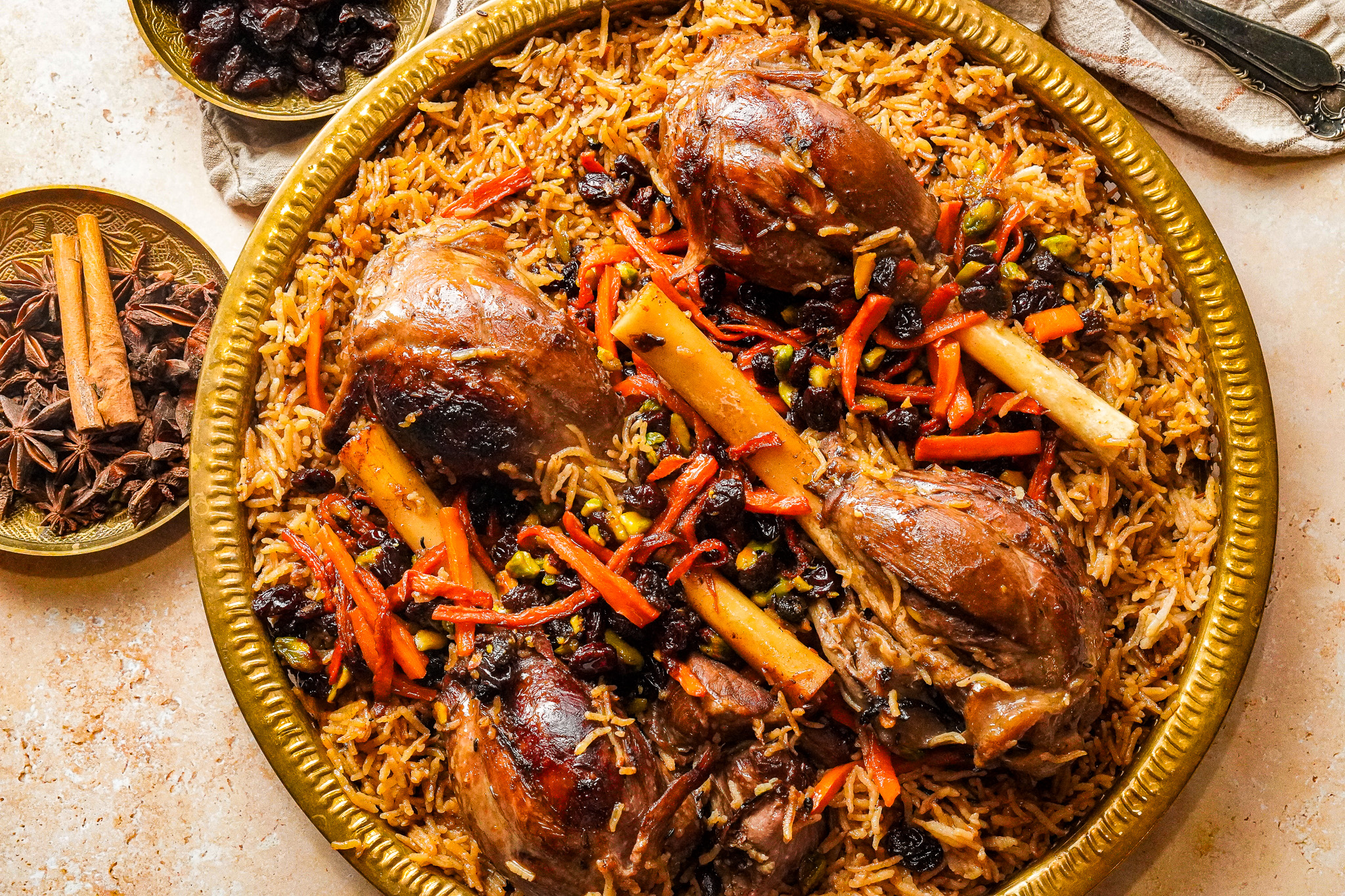
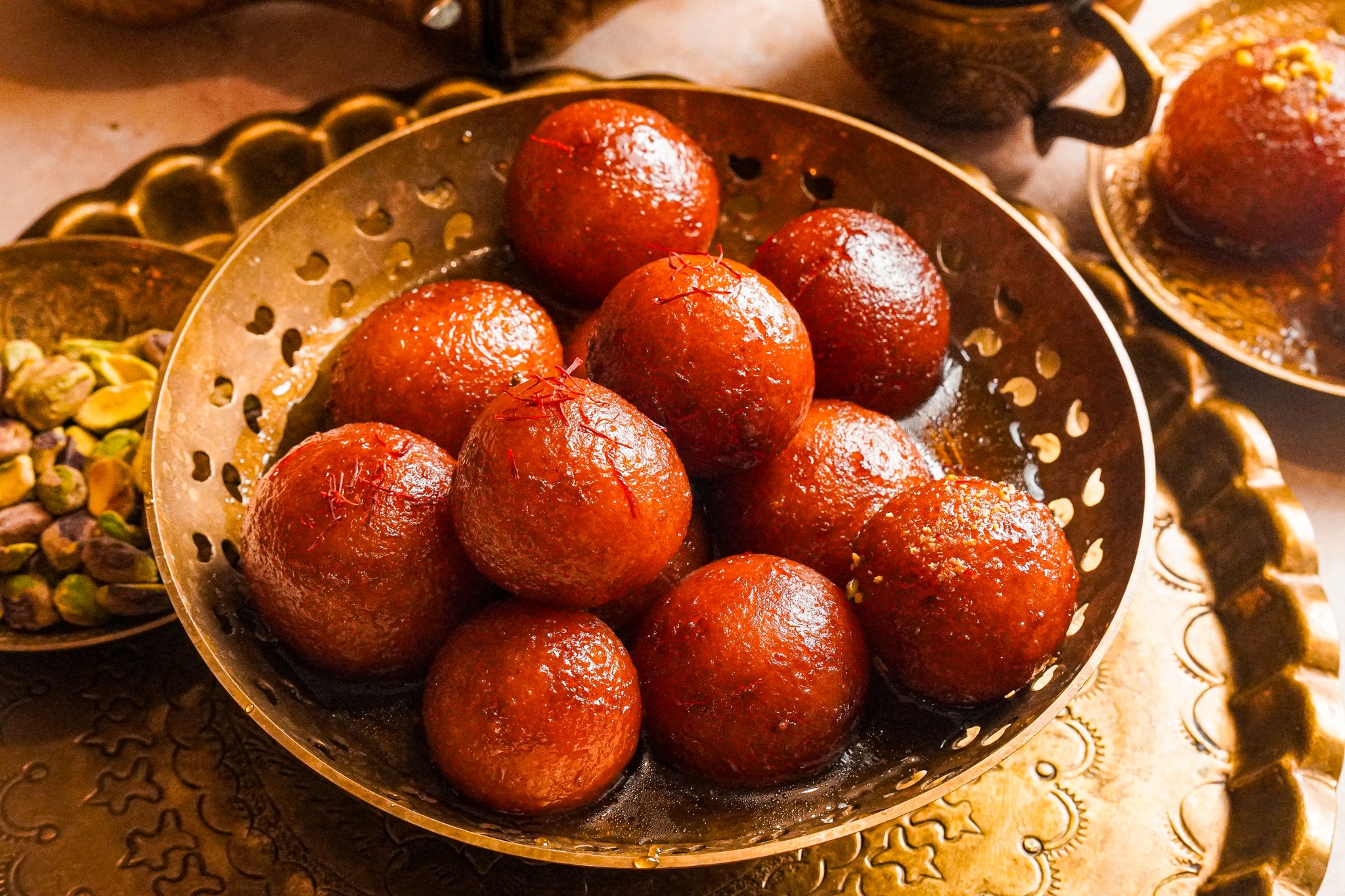
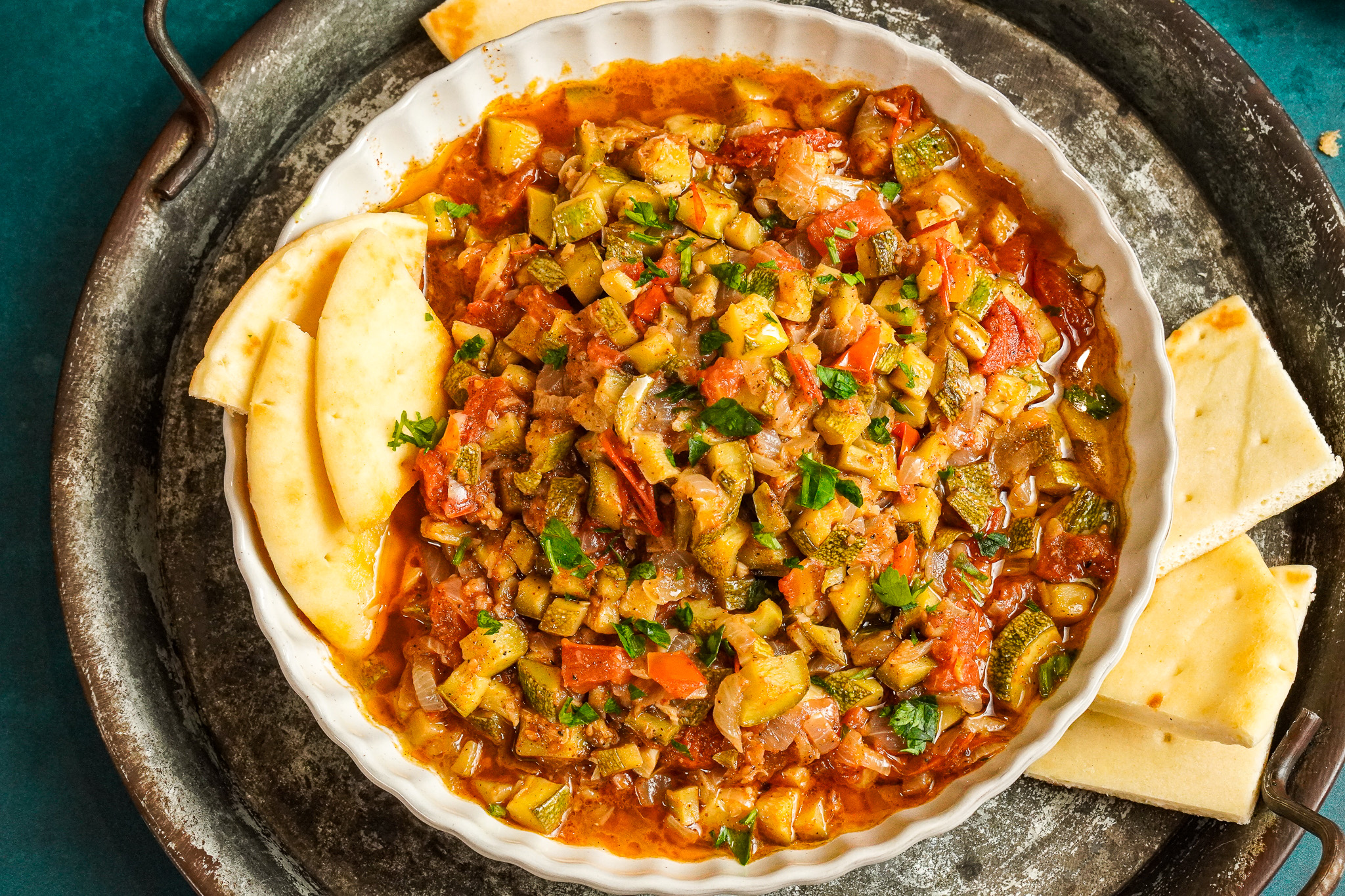
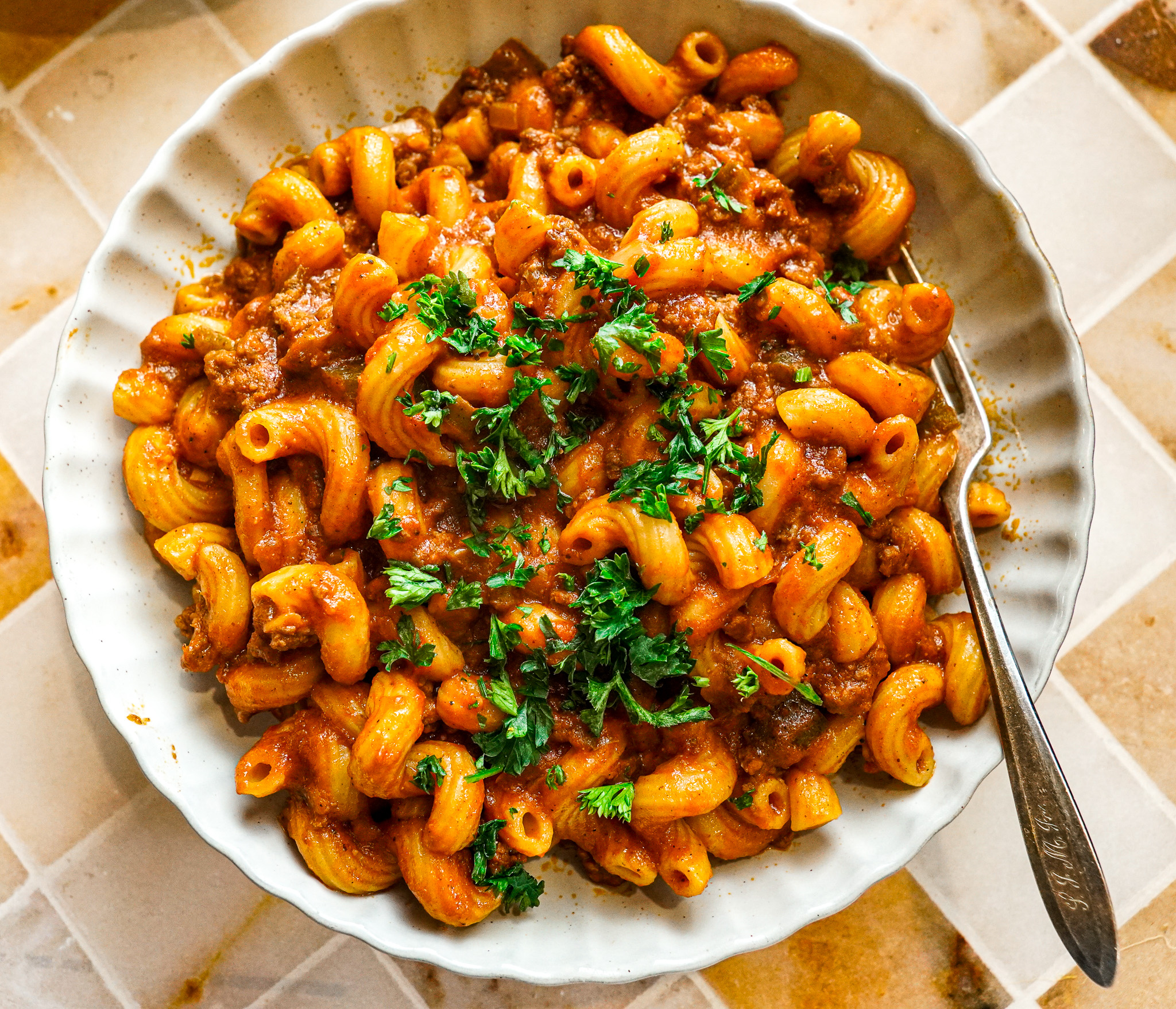
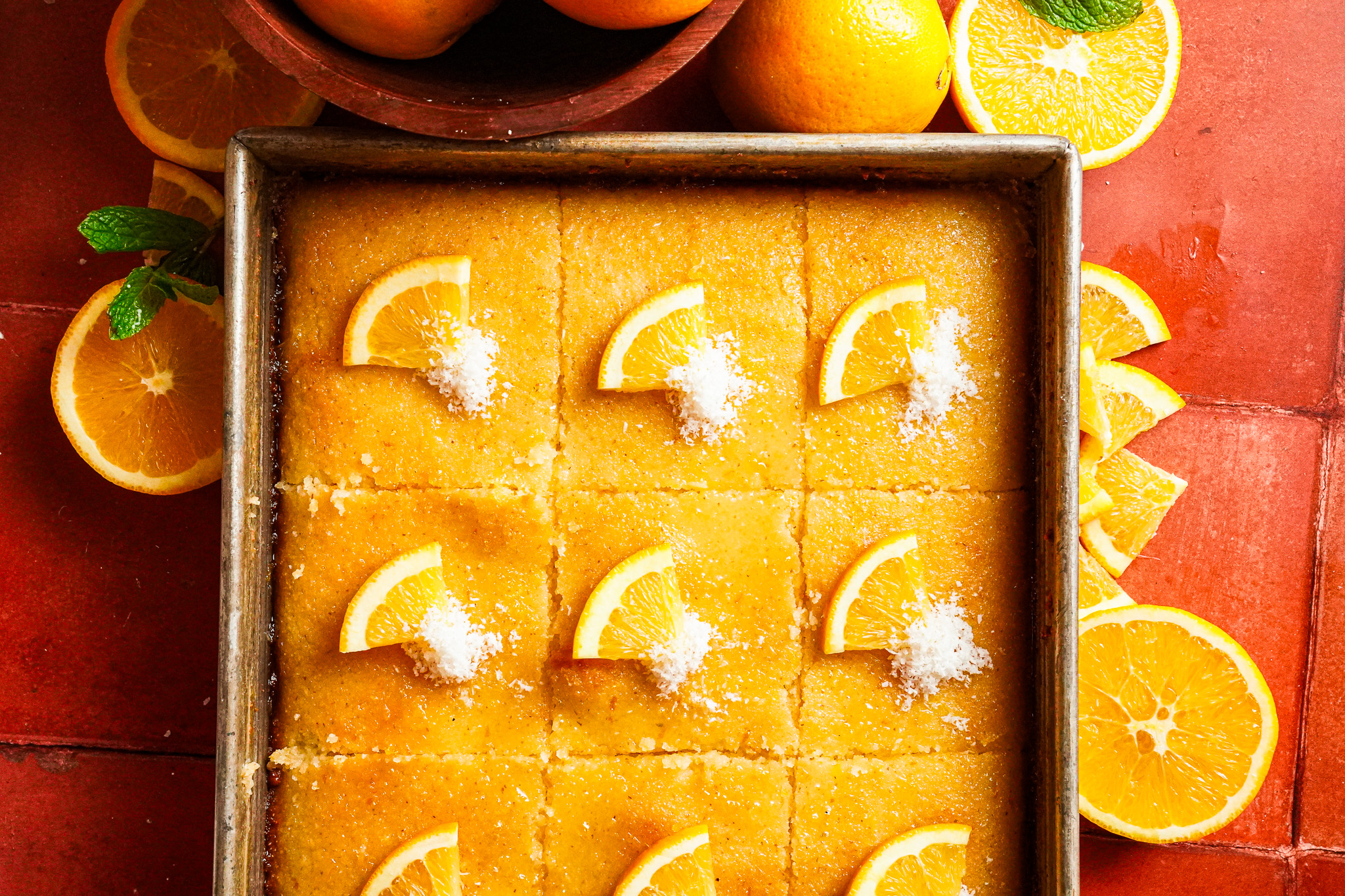

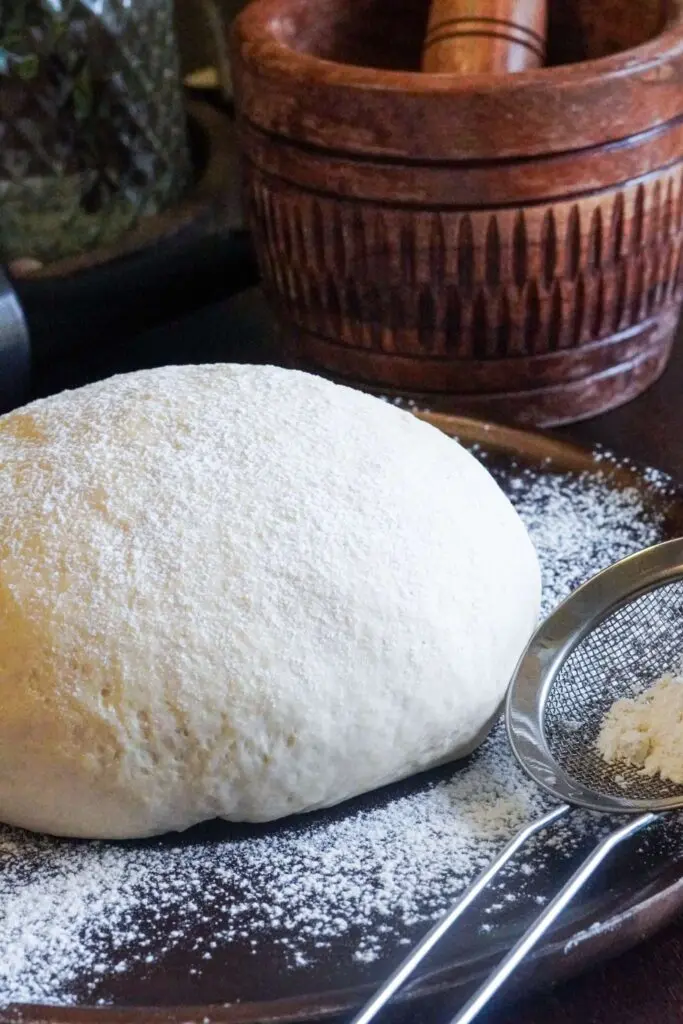
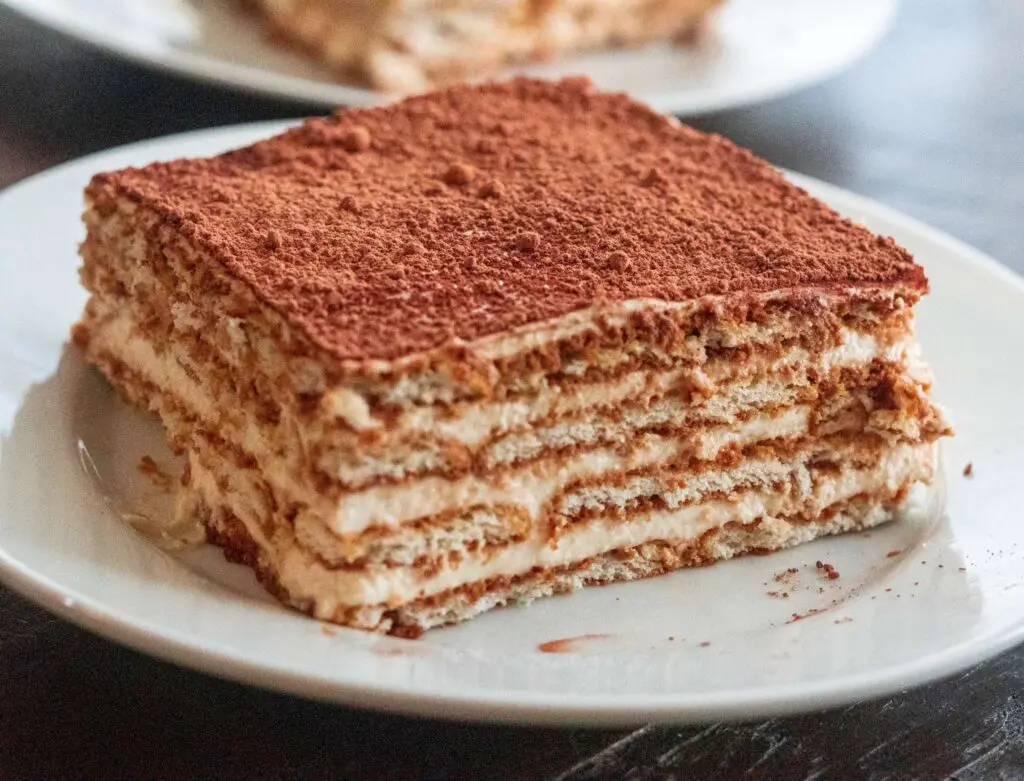
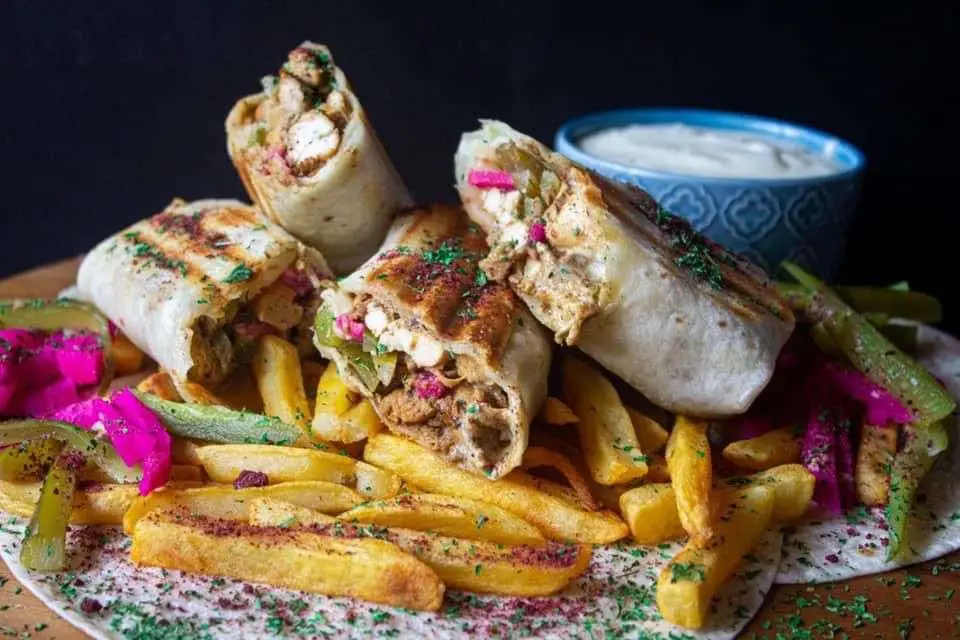
6 Responses
We tried these and absolutely loved them!! Perfect recipe!
Im confused on the amount of milk to use as it is listed twice under the ingredients?
Hello, its only listed once
I made these and they came out delicious. They didn’t keep the sharp edges from the star tip though. Is there a trick to getting them to keep their crisp shape?
you probably let it rise too much 🙂
Genuinely the best recipe for ‘barma’ (that’s what we call it in my balad) stays crunchy the next day and tastes sooo good! Highly recommend for anyone trying to make this dessert!